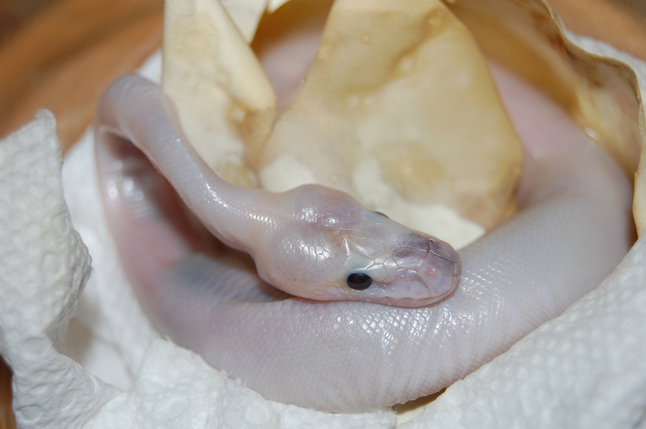I was going to say, Warren has been ‘Team Inc-Dom’ for as long as I have known him LOL
.
.
.
I remember Paul. He and I used to trade rounds frequently on BP back when I frequented there
To the best of my recollection, which is pushing about a decade now, Paul was not an actual geneticist but was just a biologist. He had some upper-level genetics classes as part of that degree, but he did not have the same depth that guys like Warren and Morrill and Juglander and myself received. He was also from a earlier generation of scientist (which is not a denigration, simply an observation that the base of knowledge from which he learned from was less complete from the base Warren and Morrill and Juglander and myself were learning from)
His breakdown in that thread that you quote is completely incorrect, there is really no other way to put it. I do not really have the motive force at the moment to get into they whys of all of it but I will use the most relevant - the blood types
For the purposes of the morphs we deal with (because that is all we care about in terms of the morph-driven nature of this hobby), there are only two modes of genetic inheritance: recessive and dominant
With genes that are inherited in a recessive manner, you will not see an different phenotype from the wild-type condition if only one copy of the mutant allele is present
With genes that are inherited in a dominant manner, you will see an different phenotype if one copy of the mutant allele is present
With blood types, you have three alleles: o, A, and B. We consider type-o to be the “wild-type” and it is recessive to both A and B. The A allele is inherited in a dominant manner - if I inherit just a single copy of the A allele, by phenotype is altered from the wild-type. Likewise, the B allele is inherited in a dominant manner - if I inherit just a single copy of the B allele, by phenotype is altered from the wild-type
What is too frequently overlooked in this case (and also horribly glossed over in most primary education bio classes) is that you are looking at THREE alleles. People only look at A and B and completely forget that o is a part of all of this and that the inheritance pattern is based off of the observed (or not) change in relation to the wild-type condition
So… If someone has a blood type of AB, does the inheritance pattern of those alleles differ in any way from the inheritance pattern for those same alleles if they were in someone who was just type A or just type B?
The answer is no, the way they inherit the genes is the same
The “co-dominant” label given to individuals with type AB blood has nothing to do with how the individual alleles are inherited versus the wild-type. Co-dominant instead refers to the phenotypic expression we see in situations where those two mutant alleles are behaving in the presence of the other. And and be are bot expressing in a genetically dominant manner, but neither is dominant over the other so their behaviour when, and only when, in combination with one another, is described as co-dominant
Going back to my previous, this is the same reason that I am always a parent but I am only a co-parent when it comes to the behaviour between my ex and I vis-a-vis our child
And while I do not know if you have a child, for the sake of argument let us say that you do. That then would also make you a parent. However, just because you are a parent and I am a parent, that does not mean that you and I are co-parents. Because you and I have not parenting relationship that we share
